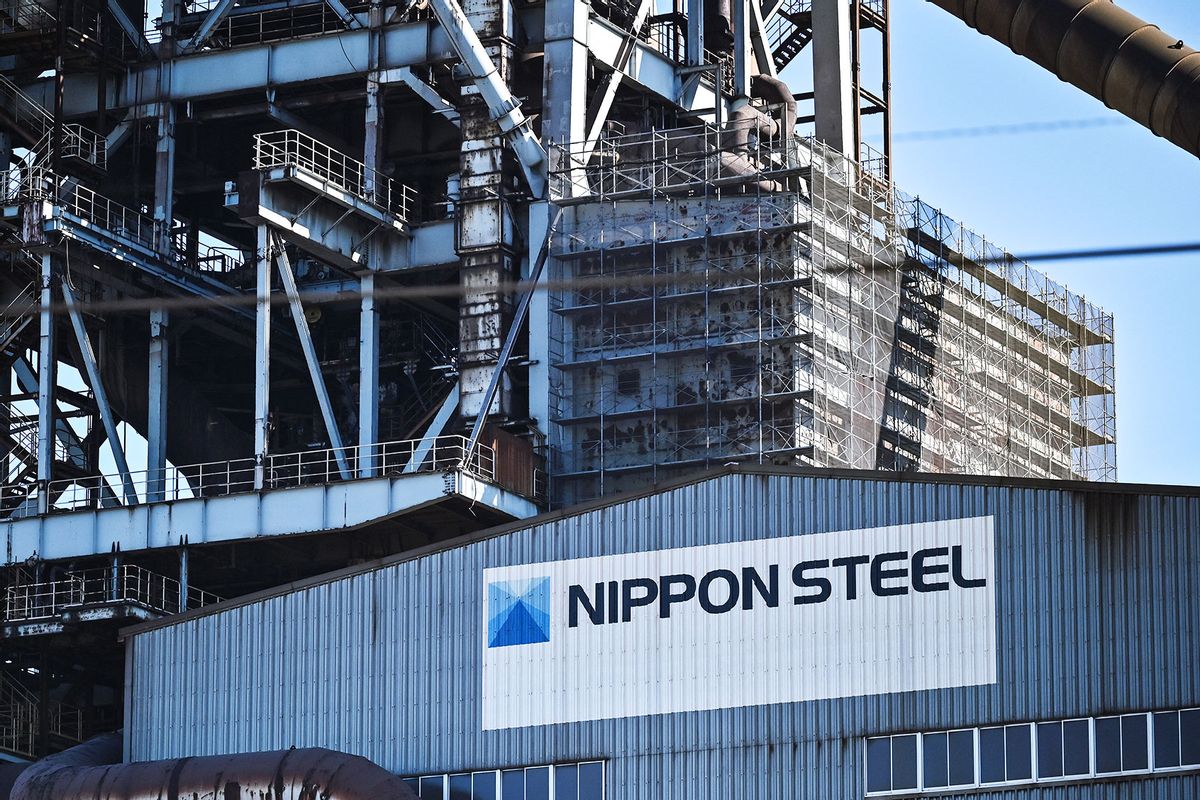Nippon Steel and U.S. Steel Merger Cleared by U.S. Government

About the Organizations Mentioned
U.S. Steel
## Overview U.S. Steel, officially the United States Steel Corporation, is one of America’s most storied industrial companies. Headquartered in Pittsburgh, Pennsylvania, it is a major producer of steel products—including flat-rolled and tubular goods—for industries such as automotive, construction, electrical, industrial equipment, distribution, and energy[3]. The company’s operations span the U.S. and Central Europe and include not only steelmaking but also iron ore and coke production, reflecting a fully integrated supply chain[3]. ## History Founded in 1901 by the merger of several leading steel companies, U.S. Steel quickly became a symbol of American industrial might. The company’s early dominance was such that it was once the world’s largest corporation by market capitalization. Over the decades, U.S. Steel underwent significant restructuring, including a 1986 rebranding as USX Corporation and a 2001 return to its original name after spinning off its energy assets[3]. Despite global competition and industry consolidation, U.S. Steel has remained a key player, ranking as the second-largest steel producer in the U.S. as of 2022, though its global standing has declined over time[3]. ## Key Achievements U.S. Steel has long been at the forefront of technological innovation in steelmaking. Its recent “Best for All” strategy emphasizes both integrated and mini mill (electric arc furnace) technologies, aiming to produce next-generation, lower-carbon steels such as verdeX®, which uses up to 90% recycled content and boasts a carbon footprint up to 75% lower than traditional methods[1]. The company has also set ambitious sustainability goals, targeting net-zero carbon emissions by 2050 and a 20% reduction in greenhouse gas intensity by 2030[3]. In recognition of its corporate responsibility efforts, U.S. Steel received the Equality 100 Award from the Human Rights Campaign Foundation in 2025[3]. ## Current Status
